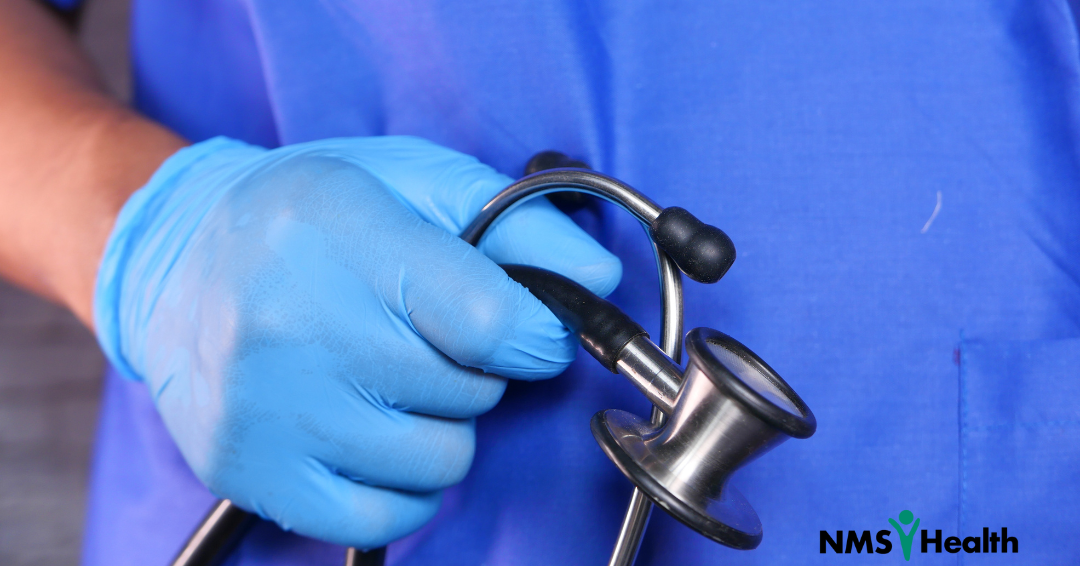Medical Surveillance Leads to Employee Health Solutions
In today’s working world we have new advances in health and medicine that help us keep our employees strong and healthy. However, it is up to you, the employer, to make sure that the necessary steps are being taken to ensure full health for your employees, especially those who work in dangerous and hazardous work environments. This is where medical surveillance comes into play. Medical surveillance allows you to have snapshots in time of your employee’s health throughout the years they have worked for you.
The goal of medical surveillance is to ultimately reduce and prevent occupational illness and injury throughout any working environment, but especially to those that can be harmful through exposure of chemicals, high radiation levels, or any hazardous component to the body. Most employers will send their employees to their family physician to get a medical surveillance exam. This exam will include collection, analysis, and distribution of results. These workers will continue these exams one to three times a year to make sure that their health is in line with medical standards, and if it is not, to take proper intervention and monitoring measures.
The Easy Steps of Medical Surveillance
Some Screenings Include…
- Audiograms (hearing tests)
- Blood tests (rising blood levels, chemical levels in blood)
- Tenosynovitis (tenderness and joint pain)
- Tests vary on working hazards and conditions.
Case Findings Can Lead To…
- Discovering illness or disease
- Which areas of the body to monitor more carefully.
Monitoring Employees Leads To…
- Targeting specific areas in physical therapy
- Treatment is given to the employee
- Healthy Employees.
Intervention Leads To…
- Improvement of the workplace.
- Healthier working environments
- Preventing development of illness and disease.
Overall Benefits of Medical Surveillance
- Screenings help employers see if injuries are self inflicted by employees not taking care of themselves, or if they are work related.
- Helps the employers company by limiting workers compensation, and keeping employees healthy, which leads to getting the job done correctly and safely.
- Surveillance monitors your employees and helps to compare their health from year to year. It helps to see what type of intervention needs to take place within your company in order to keep your employees healthy and safe.
- Helps you learn which employees should be in “high risk groups” which show they already had prior risk to disease or dysfunction, and need proactive surveillance.


